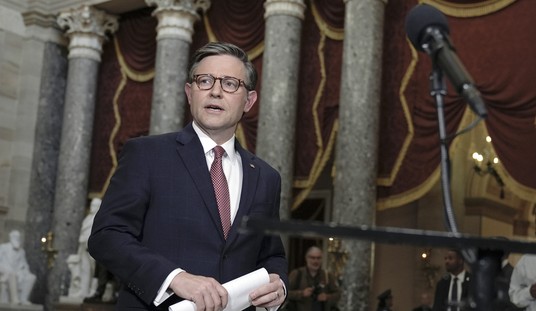One of the more contentious issues in corporate governance, particularly as it relates to the stability of financial institutions, is whether a company’s CEO should also be the Chairman of the Board of the company. In the case of Goldman Sachs, the union American Federation of State, County and Municipal Employees (Afscme) felt it was needed to separate those two positions.
First, in my humble opinion, this is ultimately an issue for shareholders to decide upon, at least for non-financial companies that don’t receive taxpayer bailouts (let’s set aside the autos). If shareholders believe separating the two enhances value, then as long as it consistent with the terms of the corporate charter, they are welcome to try. If they are wrong the market will correct that error. In this regard the agreement between Goldman and Afscme is a loss for shareholders, as they are being denied the opportunity to vote on the issue.
But Goldman is a bank holding company; therefore able to access the Fed’s discount window and receive other benefits not available to non-banks. So it would seem reasonable to me to place restrictions upon those feeding at the government trough that reduce the likelihood of using said subsidies. By this standard, separating the CEO from the Chairman position is no longer simply a choice for shareholders, but an empirical issue relating to bank safety.
So what does the data suggest? While we are lacking a direct test for Goldman Sachs, or even investment banks in general, a recent study in the April 2012 issue of the peer-reviewed Journal of Banking and Finance does shed some light. The authors go back to the Savings and Loan crisis and ask: did the separation of CEO and Board Chair display any influence on whether a thrift failed or not? The study’s conclusions are:
We find that thrifts were more likely to survive the thrift crisis when their CEO also chaired the firm’s board of directors. On average, chair-holding CEOs undertook less aggressive lending policies than their counterparts who did not chair their boards. Consequently, taxpayer interests were protected by thrifts that bestowed both leadership posts to one person. This is an important policy issue, because taxpayers become the residual claimants for depository institutions that fail as a result of managers adopting risky strategies to exploit underpriced deposit insurance. Our findings corroborate recent evidence that manager-dominated firms resist shareholder pressure to adopt riskier investment strategies to exploit underpriced deposit insurance.
Recommended
While this is just one study and I don’t expect it to settle the debate, it should make us all a little more modest about pushing corporate changes that may actually make banks less stable rather than more. Or in the words of Yale Law Professor Roberta Romano, we should resist the temptation to rely on “quack corporate governance.”

























Join the conversation as a VIP Member